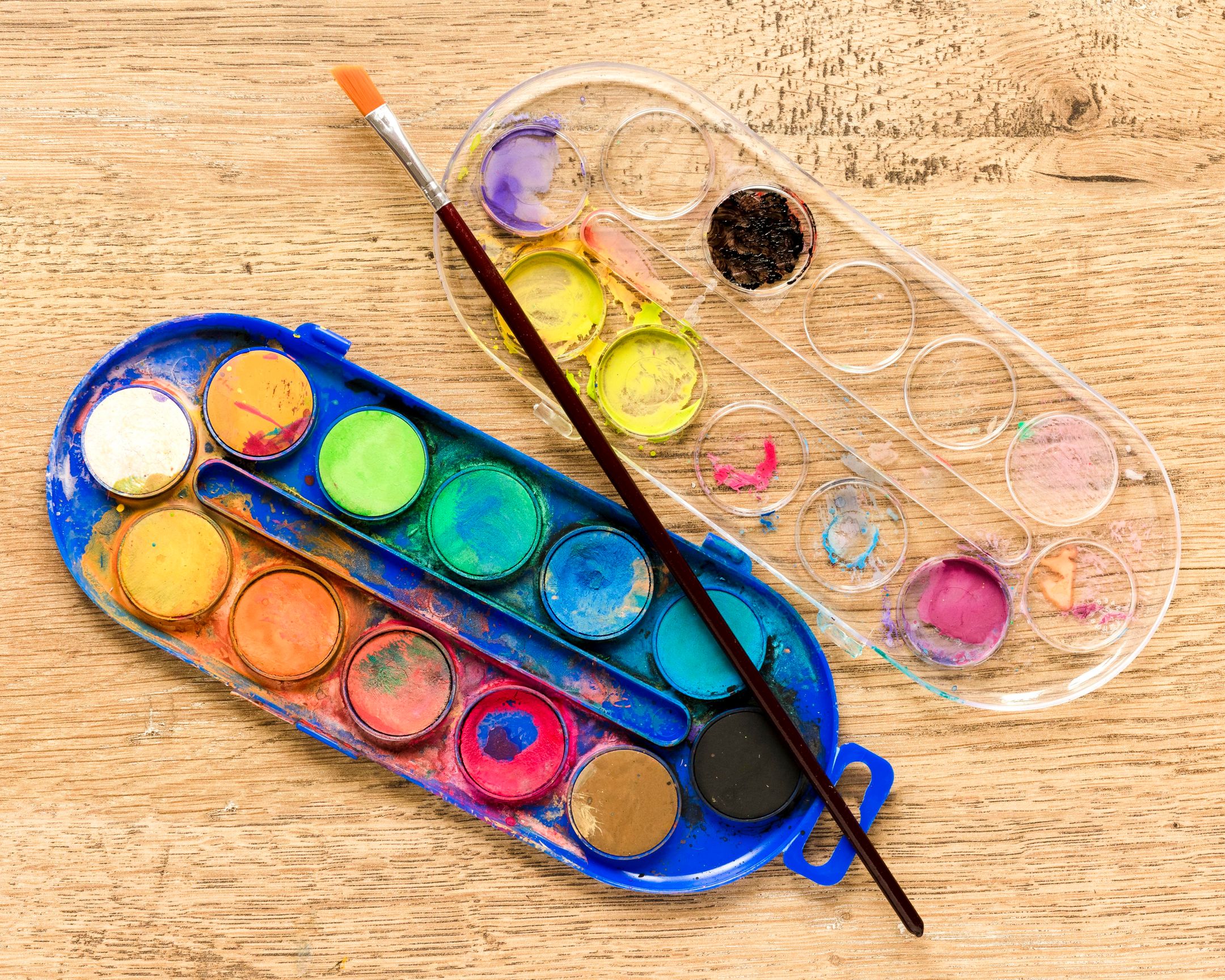betty@kaihong888.com

Get A Quote
What Are the Risks of Face Painting?
Understanding Allergic Reactions
Allergic reactions can cast a shadow over the joy of face painting, causing discomfort and even harm to those affected. It's crucial to grasp the nature and significance of these reactions, which can range from mild irritation to severe conditions like anaphylaxis. Common allergens lurking in face paints, such as preservatives and fragrances, demand careful consideration. Conducting patch tests before painting someone's face and opting for hypoallergenic products are key steps toward mitigating these risks.
Hygiene and Sanitization Practices
Maintaining strict hygiene standards is the cornerstone of safe face painting, preventing the spread of infections and ensuring the well-being of participants. Using clean brushes, sponges, and sanitizing agents is paramount to reduce the risk of contamination. Prioritizing hand hygiene, both before and after each painting session, further minimizes the chances of transferring germs. These simple yet crucial practices uphold safety standards and promote a worry-free experience for everyone involved.
Use of Appropriate Materials
Choosing the right materials lays the foundation for a successful and risk-free face painting experience. Opting for FDA-compliant, cosmetic-grade products guarantees the safety and well-being of the skin. Steering clear of non-toxic paints and acrylic craft paints, which may harbor harmful substances, is essential to avoid potential health hazards. Embracing safe and easy-to-remove face paints not only ensures a smooth painting process but also facilitates hassle-free cleanup afterwards. By prioritizing the use of appropriate materials, face painters can deliver stunning results while safeguarding the health and satisfaction of their clients.
Minimizing Contagion Risks
Ensuring a hygienic environment is paramount to minimize the risk of contagion during face painting sessions. Painting on broken skin can introduce harmful bacteria and increase the likelihood of infections. Therefore, it's crucial to avoid such areas and prioritize intact skin surfaces. Additionally, using single-use products helps prevent cross-contamination and ensures each participant receives a fresh application.
Regulatory Compliance and Insurance
Staying abreast of legal requirements and securing appropriate insurance coverage is paramount for face painters. Understanding the regulatory landscape ensures compliance with local laws and mitigates potential risks. Obtaining liability insurance offers protection against unforeseen circumstances, safeguarding both the artist and their clients. By taking proactive steps to ensure regulatory compliance and insurance coverage, face painting vendors can operate confidently and ethically within the industry.
Best Practices for Professionals
Embracing best practices is essential for maintaining professionalism and delivering exceptional service as a face painter. Ongoing training and education enhance skills and keep artists up-to-date with industry trends. Regular maintenance of equipment and tools ensures optimal performance and safety during every session. Upholding legal and ethical responsibilities builds trust and credibility with clients, fostering long-term relationships.
Alternatives to Traditional Face Painting
Exploring alternative methods offers versatility and accommodates diverse preferences in face decoration. Temporary tattoos and stickers provide convenient and safe options for individuals with concerns about traditional face paints. Understanding the benefits and considerations of these alternatives empowers both artists and clients to make informed choices. Addressing safety and allergenicity concerns associated with traditional face paints reassures participants and promotes inclusivity.
Conclusion
Prioritizing safety and informed decision-making is paramount when it comes to face painting. Understanding and mitigating risks such as allergic reactions, contamination, and regulatory compliance ensures a positive and worry-free experience for both artists and participants.
As you embark on your face painting journey, whether for personal enjoyment or professional endeavors, it's essential to equip yourself with high-quality materials and adhere to best practices. That's where KHY comes in. KHY's series of DIY body painting supplies are meticulously designed for both amateur enthusiasts and seasoned professionals alike. Offering vibrant and skin-safe pigments, KHY provides a diverse range of colors and products to suit every artistic need. Explore KHY's extensive selection of DIY body painting supplies today and elevate your face painting experience to new heights. Let KHY empower you to express your creativity boldly and safely.

